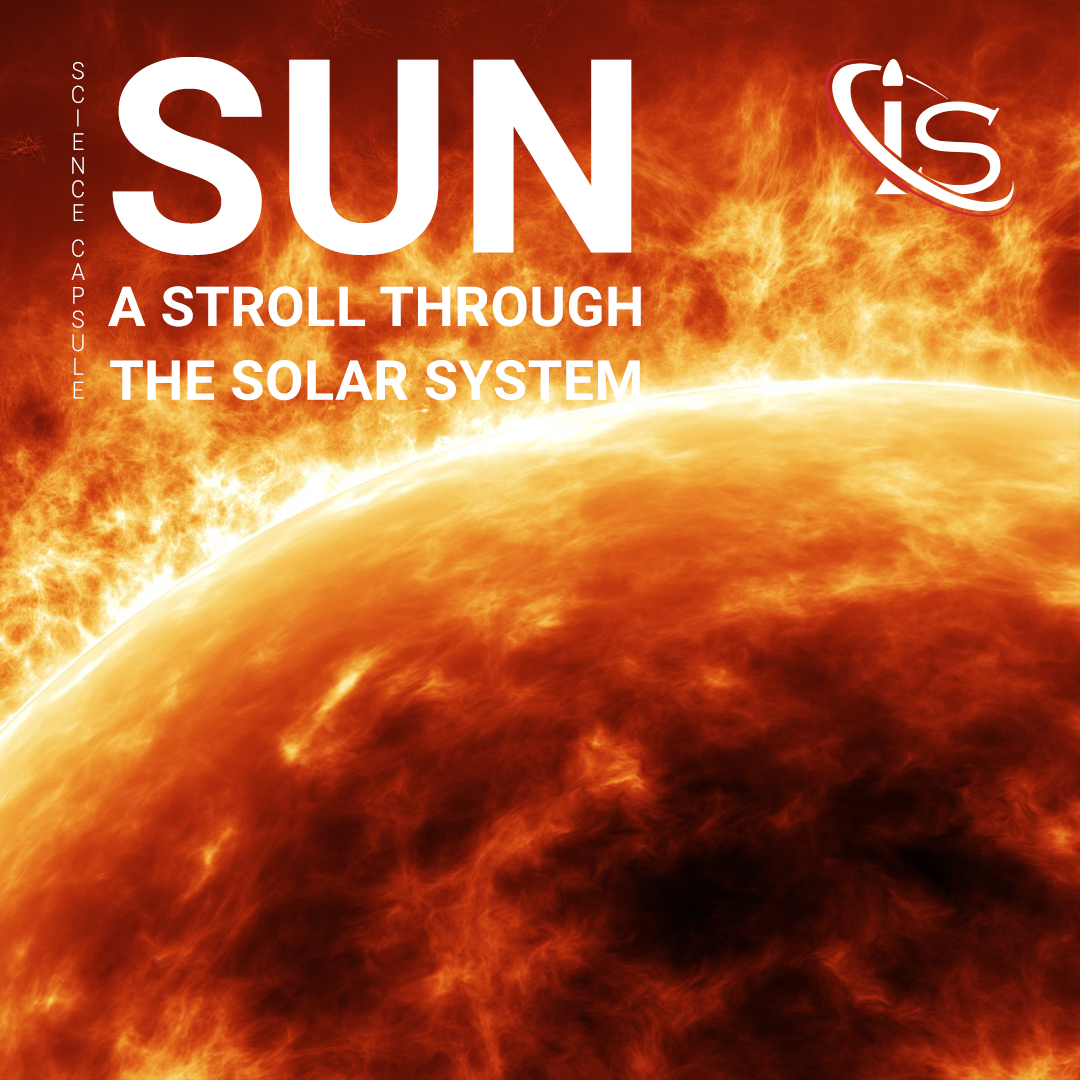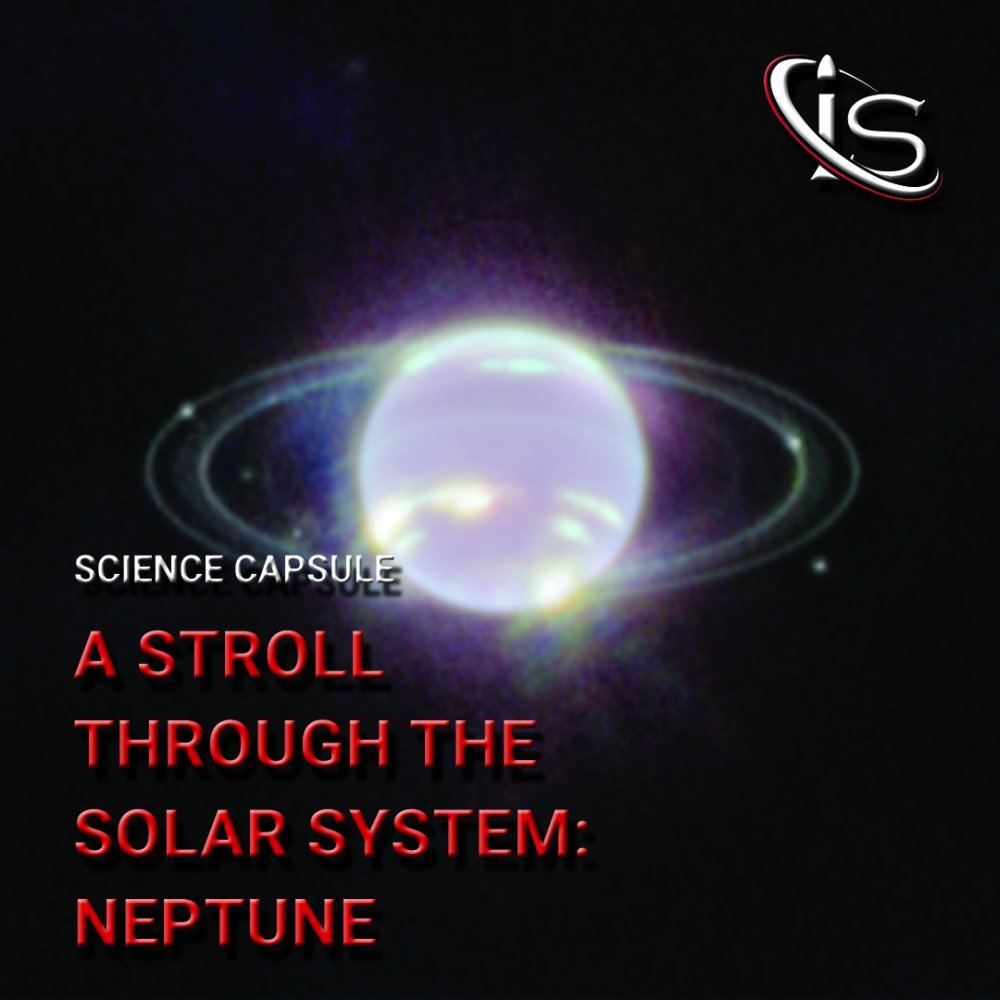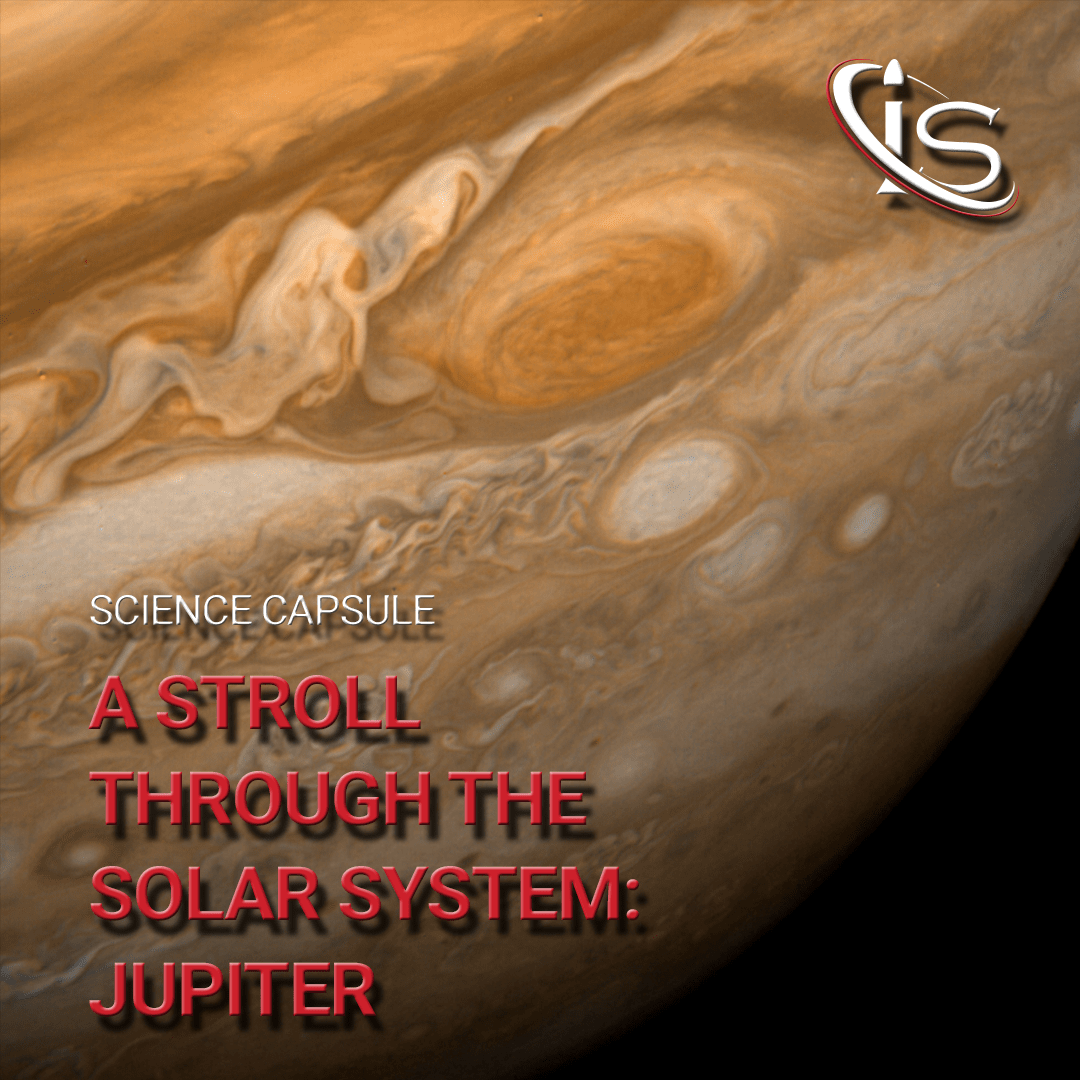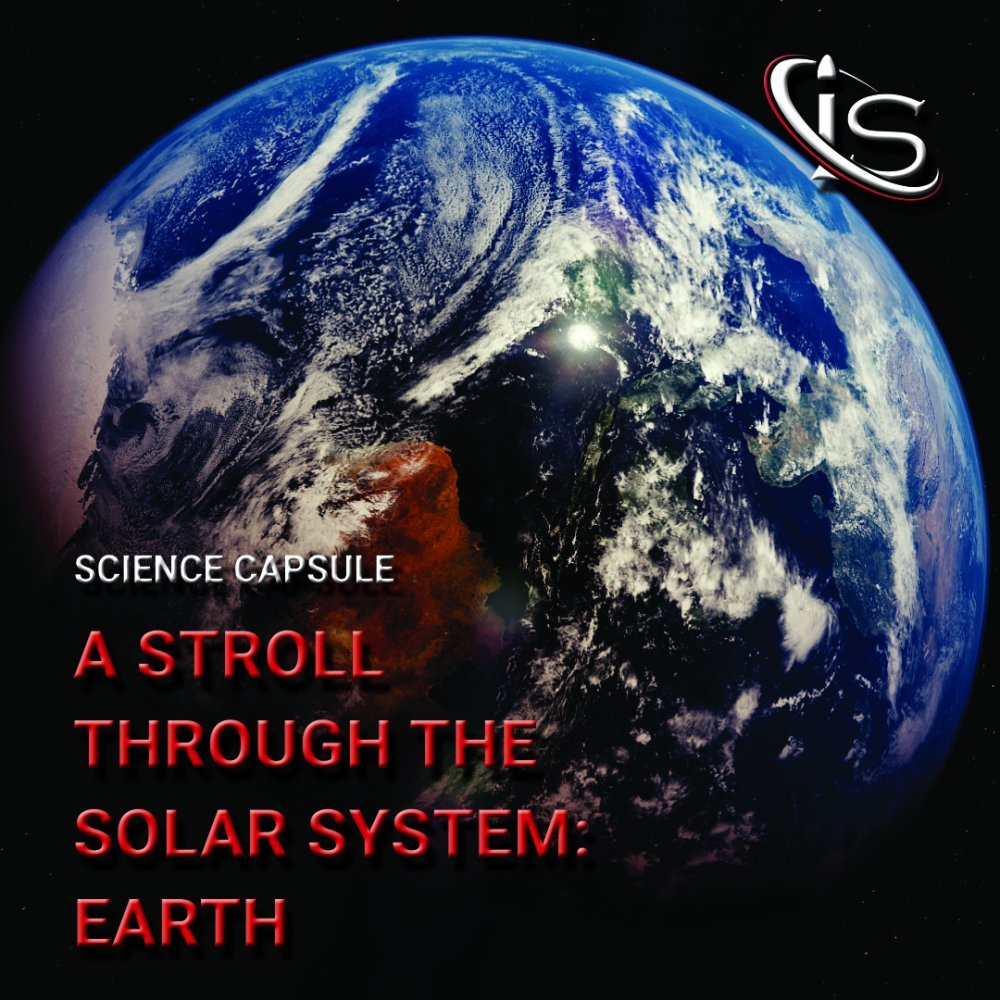Welcome back to another stroll and one of the final three, before we tackle celestial bodies that are not planets. This one is going to be all about the seventh planet from the Sun, Uranus. And while this is another gas giant, adding that little bit of extra mystery to it, there are many features about it that are far more unique. So, with that in mind, let’s jump into Uranus (something about that sounds weird).

The First of the Ice Giants
Uranus is, similarly to Jupiter and Saturn, much larger than Earth; four times as large, in fact. And even though those two planets are considerably bigger, Uranus is still, narrowly, the third largest planet in the Solar System. Its radius alone is a colossal 25 362 km. It is also the second to last planet from the Sun. This means that its year is incredibly long; however, we will get to that shortly but not right now.
As a gas giant, Uranus does not have a solid surface the way Earth does. This is no different than any of the other gas giants that were previously discussed. What is interesting here, though, is the material that makes up the planet. The title of this section is “The First of the Ice Giants.” And while that is true in a sense, this description can be slightly deceiving. Most of the materials making up Uranus are “icy,” mainly water, ammonia, and methane; however, their temperatures are anything but. In fact, close to its core, temperatures on Uranus reach up to 4 982°C. Although its atmospheric temperatures are a different story; but, once again, we will talk about that later. Uranus is also not very dense, as Saturn is the only planet with a lesser density than it.
Time on Uranus is Utterly Unorthodox
This is a recurring section in our strolls, where we go through how time passes on each planet. And for Uranus, well, let’s just say there is not anything like it. First off, its day is pretty short, clocking in at only 17 hours. Its year, on the other hand, is extremely long, as it takes this planet a ridiculous 84 Earth years to orbit the Sun. That is 30 687 Earth days or about 43 322 Uranus days, if you prefer. As a holiday season aficionado, I must say that I get gladder and gladder to have such a, relatively, short year here on Earth. When compared to these outer planets, at least.
What is really mind-boggling about the passage of time on Uranus, though, is the way its day unfolds. If you recall the Venus-centered science capsule (still probably my favorite one to date), Earth’s twin also had a very strange rotation pattern. After all, it is not very common to have the Sun rise in the West and set in the East. But, while rare, Venus is not the only planet to exhibit this phenomenon. In fact, on that stroll, I hinted at another planet in the Solar System having an even more unique day cycle. Well, ladies and gentlemen, I am happy to present you Uranus! Where the Sun sets on the East and the planet is spinning on its side! Yep, not only does Uranus have the “backward” sunrise, it also has an axis that is tilted by 97.77°.
Crazy Seasons…
Due to this peculiar, to say the least, tilt, Uranus has the most extreme seasons in the entire Solar System. The Sun will completely shine over one of the poles for a quarter of the year, leaving the other in a 21 (Earth) year winter. This, combined with the really high pressures found on the planet, makes it very unlikely for Uranus to have the ability to sustain life.
And Atmosphere
Uranus’s atmosphere is quite interesting, as well. While it is mostly made up of Hydrogen and Helium, it contains methane and traces of water and ammonia, as well. Furthermore, the methane is what gives this planet its signature blue-green look, as this gas absorbs most of the light in the red end of the spectrum, while reflecting the bluer colors. During the Voyager 2 mission (the only one to ever grace Uranus), only a Great Dark Spot, a small dark spot, and a few clouds were discovered. Since then, however, observations of Uranus have shown dynamic clouds as the planet approaches equinox, as well as the presence of changing bright features.
The temperature ranges on Uranus are downright frigid. Being so far from the Sun, this comes as no surprise. However, due to the insane seasons that distinguish this planet, Uranus’s atmosphere can reach 49 K, even lower than its neighbor Neptune. And when the Kelvin scale becomes the easiest to use, it’s clear that the temperatures in question are beyond freezing.
Lastly, the winds on Uranus are incredibly fast, reaching speeds of 900 km/h. They flow in prograde motion (same direction as the planet’s rotation) near the poles and in retrograde motion at the equator.
An Appropriately Bizarre Magnetosphere
Since everything seems to be a little off about this planet, it would only make sense that the same would be true of its magnetosphere. Not only is Uranus’s magnetic field tilted 60° away from its rotation axis, but it is also offset from the planet’s center by a distance approximately equal to one third of the planet’s radius.
This leads to very different aurorae than in any other planet, as they are not aligned with the poles whatsoever. Furthermore, the magnetosphere’s tail wanders millions of kilometers away from the planet, forming a corkscrew shape due to the Uranus’s peculiar rotation.
The Famous, but Not Quite as Famous as Saturn’s, Rings of Uranus
Much like our last stroll’s protagonist, Uranus has a ring system orbiting it. This can be divided into two sets of rings: the inner and outer systems. The inner system consists of nine rings, most of which are narrow and grey. The outer system, on the other hand, only has two rings. What this one lacks in numbers, however, it makes up for in panache. Unlike, its inner counterpart, the rings in the outer system have much more vibrant colors. The outermost one is blue, similar to Saturn’s E ring, and the innermost one is reddish.
The names for these rings make a lot more sense than the ones we saw for Saturn. In order from closest to furthest from the planet they are: Zeta, 6, 5, 4, Alpha, Beta, Eta, Gamma, Delta, Lambda, Epsilon, Mu, and Nu. Granted, they are not in perfect Greco-alphabetical order, but they do mostly follow said Greek alphabet.
The Strangest Naming Process in the Solar System
This section will contain two of the most beloved (at least by me) recurring themes explored in these strolls: the planet’s moons and the planet’s name’s mythological origins.
They Just Had to Break What Was Not Broken
Starting off with the moons, and Uranus’s have got to have the most infuriating names of any moons in the Solar System. This is not because they are in a strange order or anything of the sort. No. The reason I, personally, really do not care for these moons’ names is that they broke the implied Greco-Roman naming convention. Instead, all 27 of Uranus’s known moons are named after the works of Shakespeare and Alexander Pope.
Why? Just why. The Greco-Roman names were working and providing a nice, uniform naming scheme. But I suppose that was not good enough for whoever decided that they had the authority to break this age-old code!
What makes this even worse is that Herschel, the astronomer who first discovered Uranus, had tried to do something similar with the planet itself, before being, rightfully, shut down.
The Greco-Roman Name That Almost Wasn’t
As I alluded to in the last paragraph, Herschel was the man to first discover Uranus. This happened fairly recently, in 1781 to be exact, due to the Uranus’s distance from Earth requiring a telescope for the planet to be directly observed. Initially, Herschel believed his discovery to be a star or comet. It would take another two years for the planet to be successfully identified. Something that would happen, in part, thanks to the efforts of another astronomer, Johann Elert Bode. As it turns out, Bode would be the best thing to ever happen to Uranus.
That is because Herschel was intent on naming the planet after King George III. Fortunately, however, Bode was ready to step in and resolve the situation, suggesting the name Uranus, instead. The rest of the scientific community, I can only imagine, emanated a resounding cheer after hearing the news of the nearly averted catastrophe.
Mythological Origins
As for the mythological character behind the name Uranus, that would be none other than the Greco-Roman deity of the sky. He is both the son and husband (in typical mythological fashion) of the Earth deity, Gaia. Together, they would have the titans, among whom was Kronos, the father of the first Greek gods. The other interesting aspect of this name is that Uranus is the Greek version of the god (Caelus would be the Roman one), thus setting this planet apart from, literally, every other one in the Solar System.
And with that, I believe we have reached the conclusion of another stroll. But before we end this science capsule, I will leave you with one final fun fact: it is believed that both Uranus and Neptune formed much closer to the Sun than where they currently are.
Now, we are truly done. This was, certainly, one of the more unique planets we have visited so far, and I hope you enjoyed learning more about it as much as I did. Only Neptune and Earth are left before we discuss some important non-planets in the Solar System. And if you would like to stay up to date with these strolls, all you have to do is check back here, at impulso.space, every Wednesday.





